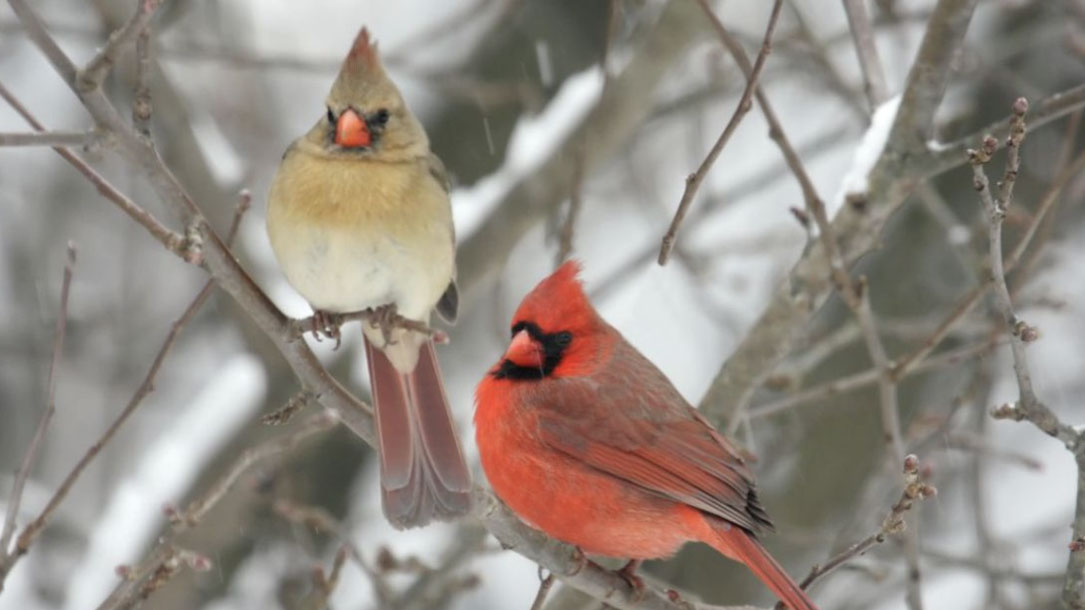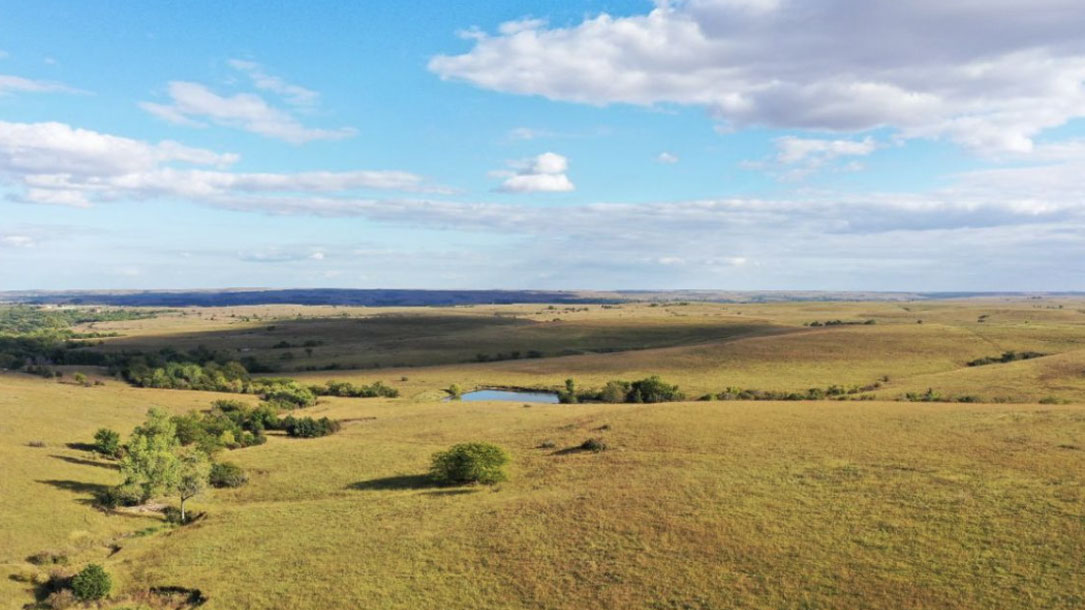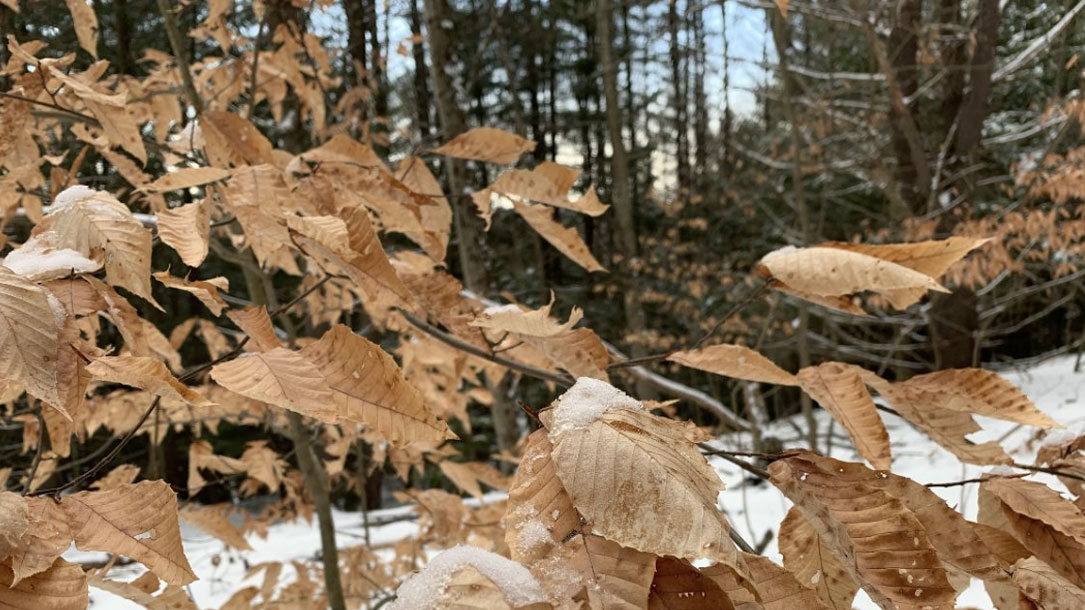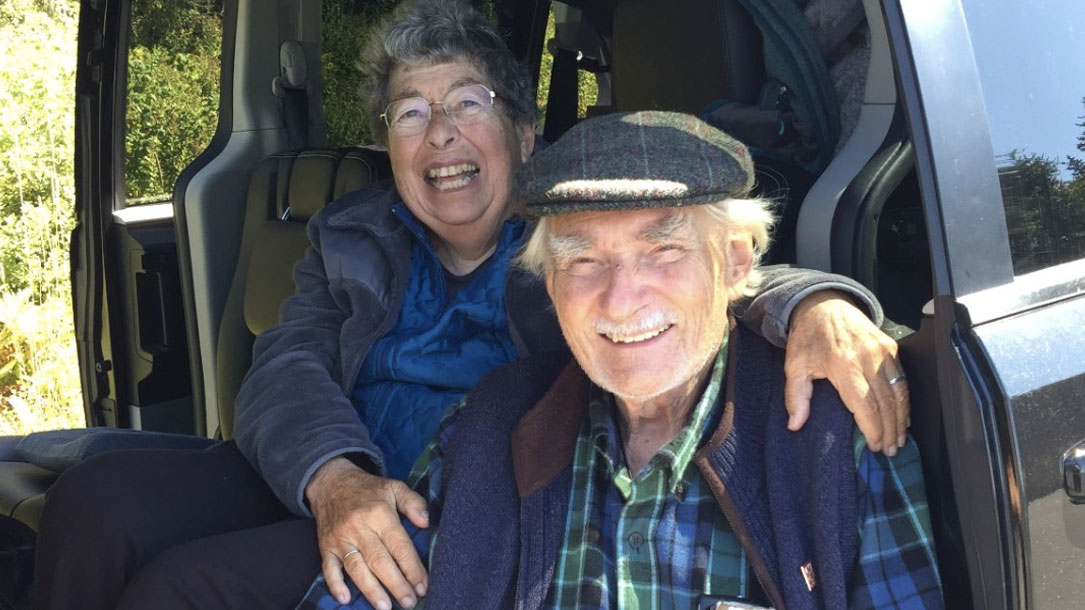Home > Climate News >

New York City’s greenery absorbs a surprising amount of its carbon emissions
A study of vegetation across New York City and some densely populated adjoining areas has found that on many summer days, photosynthesis by trees and grasses absorbs all the carbon emissions produced by cars, trucks and buses, and then some. The surprising result, based on new hyper-local vegetation maps, points to the underappreciated importance of urban greenery in the carbon cycle…

Climate change, habitat loss (and, yes, even cats) pose a greater threat to birds than windmills
Research quantifying the full scale of wind turbine activity’s impact upon birds both through their migratory patterns and killed by collision with wind turbines is a matter of current scientific studies. It is important to quantify these impacts, but it is also important to acknowledge that these impacts are certainly negligible compared to other drivers of bird mortality.
The number of birds killed by wind turbine collisions per year is estimated to be between 150,000 and 500,000, but when you put this number in perspective, it pales in comparison to other causes of bird mortality…

Solar panels help French winemaker keep climate change at bay
A roof of solar panels shades Pierre Escudie as he inspects the last plump grapes to be harvested at his vineyard in southwest France, after a year of hard frosts and blistering heat that damaged many of his neighbors’ crops.
The solar panels insulate the grapes during periods of extreme cold and shield them from the sun’s harsh rays during heat waves. The panels also rotate to allow more light to hit the vines on more overcast days…

Ancient grasslands guide ambitious goals in grassland restoration
Grasslands, which constitute almost 40% of the terrestrial biosphere, provide habitat for a great diversity of animals and plants and contribute to the livelihoods of more than 1 billion people worldwide. Whereas the destruction and degradation of grasslands can occur rapidly, recent work indicates that complete recovery of biodiversity and essential functions occurs slowly or not at all. Grassland restoration—interventions to speed or guide this recovery—has received less attention than restoration of forested ecosystems, often due to the prevailing assumption that grasslands are recently formed habitats that can reassemble quickly. Viewing grassland restoration as long-term assembly toward old-growth endpoints, with appreciation of feedbacks and threshold shifts, will be crucial for recognizing when and how restoration can guide recovery of this globally important ecosystem.

The Great Exhaustion: long-lasting pandemic effects
If you are feeling exhausted, and you are not quite sure why, you are not alone. At least once a week, I hear from patients and colleagues alike that “I am just so bone-tired, and I don’t know why.”
While I am not aware of the numbers and official statistics nationwide, I personally know many individuals who have at this point needed to take time off from work under the Family and Medical Leave Act due to COVID-19-related mental health difficulties.

New England’s climate imperative: our forests as a natural climate solution
In this study, five pathways are developed and assessed that could increase the climate mitigation potential of New England’s forests:
- Avoided deforestation
- Wildland reserves
- Improved forest management
- Mass timber construction
- Urban and suburban forests

Healthy soil grants
Vermont farmers have an essential role to play in combating climate change. Some farming practices can trap carbon and keep it out of the atmosphere, while supporting wildlife habitat, healthier soils, and cleaner water. The challenge can be sustaining profitability while making significant changes.
Which practices are worth the investment? And how long will they take to pay off?
To answer these questions and more, we are partnering with Bio-Logical Capital and the University of Vermont on a Conservation Innovation Grant funded by the Natural Resources Conservation Service. This five-year research project will provide direct payments to Vermont farmers who agree to implement farming practices that improve soil health…

Rescuing the planet
On Dec 1st at 7p.m. eastern, join the Natural Areas Conservancy (of New York City) and the Cary Institute for a virtual book talk featuring author and scholar Tony Hiss. He will discuss his new book, Rescuing the Planet – Protecting Half the Land to Heal the Earth, in conversation with Cary President Dr. Joshua Ginsberg and the Natural Areas Conservancy’s Executive Director Sarah Charlop-Powers.
In Rescuing the Planet, Hiss takes stock of the “superorganism” that is Earth and what we can do to keep it, and ourselves, alive. He invites [people] to understand the gravity of the problems we face, and makes the case for why protecting half the land by 2025 is vital to halting the extinction crisis and ensuring the health of our planet.

Messaging guru offers list of words to use (and avoid) to build support for climate solutions
As a messaging expert, Luntz is now offering his advice on how activists should talk about the problem of climate change and solutions including clean energy, featuring his version of the ever-popular list of “words to use and lose”…

So you want to know how the Inflation Reduction Act can help you reduce your climate footprint
There are incentives for home efficiency, heat pumps, electric vehicles, home solar and battery storage, and more. But my favorite part of the bill (if I had to pick just one) is that, at its core, it incentivizes planning ahead…












